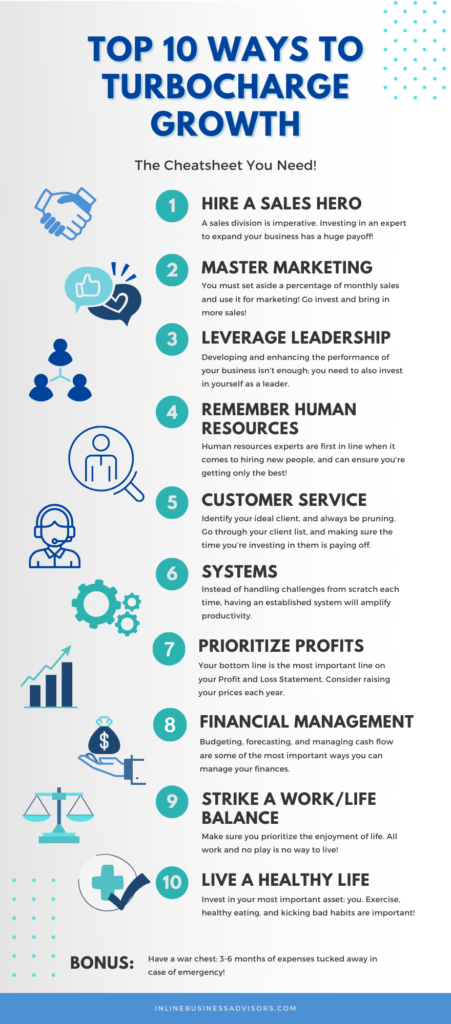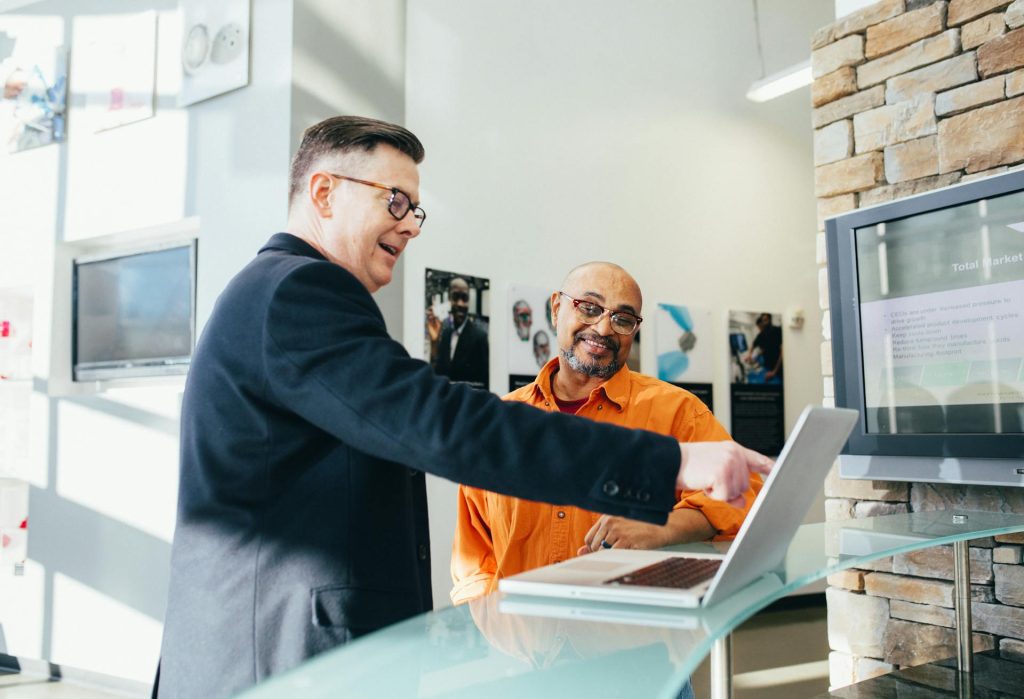Sales has always been called an art as much as a science. Some people approach it like a numbers game, others like a chess match, and the truly gifted ones turn it into pure theater. How someone sells reveals far more than their technique; it exposes which category they belong to within the 3 tiers of salespeople.
Robert Herjavec, the sharp-eyed investor from Shark Tank, once summed it up brilliantly:
- Good salespeople sell features
- Great salespeople sell outcomes
- The best salespeople sell feelings
That breakdown might sound simple, but it’s deceptively profound. It separates the average from the good, and the good from the Top 1% of salespeople who seem to close deals effortlessly. Let’s peel back the layers of these 3 Tiers of Salespeople and examine what makes them different. This will answer the ultimate question: Which one are you?
Tier One: Selling Features – The Foundation of Sales
Let’s start with the first tier of salespeople. Every salesperson begins here, and there’s no shame in it. Tier One salespeople focus on features. They look at a product’s nuts and bolts, specifications, bells and whistles, and complex data.
Imagine a rookie car salesperson. He points out the horsepower, the leather seats, the trunk space, or the shiny new touchscreen. All of these matter, of course. Customers want to know what they’re buying. But here’s the catch: features alone rarely close a deal.
Selling a product’s features is like serving food without seasoning. It fills the belly but doesn’t spark the taste buds. Customers walk away informed but not necessarily inspired. And when inspiration is missing, loyalty disappears, too.
Still, this tier is the foundation of the 3 Tiers of Salespeople. No salesperson can move forward without knowing the features of the product they are selling. The old saying goes, “You can’t build a house without bricks.” Features are the bricks of a sales pitch, but let’s agree that they’re not the whole house.
Tier Two: Selling Outcomes – Turning Products Into Solutions
Now, step into Tier Two of salespeople. Here, salespeople graduate from pointing out the product to explaining what it does. They don’t just sell features; they also focus on selling the outcomes.
Think of it like this. Instead of saying, “This laptop has 16GB of RAM,” the salesperson says, “This laptop can run your entire business software without ever slowing down.”
That subtle shift in narrative takes the customer from being a passive observer to an active dreamer. They start seeing how this product could actually change their daily life.
Tier two salespeople are storytellers in their own right. They paint a picture of convenience, efficiency, or growth for customers. They translate dry facts into tangible benefits that customers can understand and relate to. In other words, they connect the dots between product and progress.
But here’s the limitation of Tier two salespeople: outcomes appeal to the head, not the heart. Customers weigh outcomes logically, compare them with competitors, and then file them in memory. Logic may get attention, but emotion gets decisions. This is where the gap opens between the good and the great.

Tier Three: Selling Feelings – Where the Magic Happens
And then, at the very top, lies Tier Three, the promised land of the 3 Tiers of Salespeople. This is the rare territory where the Top 1% of salespeople reside.
These individuals don’t just sell products or outcomes; they sell feelings. They know something is essential to closing the deal, and they know emotions are sticky. People may forget what a product does, but they will never forget how it made them feel.
When a customer drives a luxury car off the lot, it’s not just the horsepower they remember; the rush of confidence, the sense of status, and the thrill of achievement make them feel special as the owner. That’s the magic Tier Three salespeople bottle and deliver to their customers.
So how do they do it?
Tier Three Salespeople Master Two Powerful Tools:
1. Telling Stories
Stories breathe life into products. Tier three salespeople add history, context, and a personal touch to their products. Imagine hearing that a watch is waterproof but designed by divers who wanted something indestructible for their expeditions. Suddenly, the watch isn’t just an accessory; it’s adventure gear on your wrist.
2. Selling Dreams
Dreams are the currency of feelings. When salespeople tie a product to someone’s aspirations, health, freedom, success, or love, they transform the product from optional to essential. A gym membership stops being about treadmills and dumbbells; it becomes the bridge to confidence, energy, and self-belief.
Tier three salespeople do more than close deals. They create experiences for customers that echo long after the purchase. This is why they’re considered the Top 1% of salespeople. Their skill is rare, and their impact is unforgettable.
Why Feelings Triumph Over Everything
Think about your own purchases. Why do you wear your favorite pair of shoes until they’re practically falling apart? Not because of the stitching or the arch support, but because they feel right. It’s a feeling of attachment that connects you more to that pair than other shoes you own.
For a similar reason, people spend more on a brand-name bag when a generic one carries the same things. They value what the product represents. For them, the product is not just an item of utility but a symbol of their identity and aspiration.
As another proverb says, “The heart has its reasons, which reason knows nothing of.” Tier three salespeople understand this instinctively. They know emotions are the proper decision-makers for their customers.

The 3 Tiers of Salespeople in Action
Let’s put it all together with a practical example and understand the approach of salespeople from three different tiers. Picture a salesperson trying to sell a new smartphone.
Tier One (Features): “This phone has a 48-megapixel camera, 128GB storage, and a 6.5-inch OLED display. You will hardly find any other smartphone in the market that has all these features at this price point.”
Tier Two (Outcomes): “This phone lets you take professional-quality photos, store all your apps and memories, and enjoy stunning visuals on a big screen.”
Tier Three (Feelings): “This phone captures the moments you’ll cherish forever. Every picture will remind you of the laughter, the milestones, the people who matter most.”
See the difference in their approach? Tier Three doesn’t just describe what the smartphone will do; it transforms it into a device that captures memories to be cherished later. It makes customers imagine themselves living with the product, not just owning it.
Moving Up the Ladder of 3 Tiers of Salespeople
The best part about the 3 Tiers of Salespeople is that nobody is stuck in one tier forever. Sales is a skill; like any skill, it can be honed over time. The progression from Tier One to Tier Three concerns practice, awareness, and intent. It is not easy, but it is possible, and the effort is worth it.
Start with Tier one when your focus should be on the features. Know your product inside out. This shows your confidence as a salesperson.
Climb to Tier Two by graduating to outcomes. Translate features into real-world solutions for your customers. This is where they can see solid reasons to buy the product.
Move to the top 1% of salespeople to Tier three. Aim for feelings. Learn to connect emotionally, tell stories, and tap into dreams so the customer is convinced and motivated to buy the product.
It’s a climb worth making. Every upward step brings higher sales numbers and deeper, more meaningful customer relationships.

Why the Top 1% of Salespeople Stand Out
What truly separates the Top 1% of salespeople is their ability to combine all three tiers seamlessly. They don’t ignore features or outcomes, but weave them together into a story or a picture that leads to feelings.
They use features to establish the credibility of a product, and use outcomes of a product to create logic.
And then they use feelings to seal the deal.
It’s a dance of intellect and emotion, facts and dreams. That’s why the top 1% of the 3 Tiers of Salespeople are not just selling; they’re persuading, inspiring, and often transforming their customers’ perceptions.
The Final Word: Where You Belong in the 3 Tiers of Salespeople?
At the end of the day, sales isn’t about pushing products. It’s about connecting with people. The 3 Tiers of Salespeople provide a roadmap, from features to outcomes to feelings. Each step is vital, but the top tier is where legends are made.
If you are stuck in Tier One, don’t despair. Every pro was once a beginner. You’re already ahead of the pack if you’re at Tier Two. But if you’re reaching for Tier Three, you’re chasing mastery. And mastery is what turns ordinary salespeople into extraordinary ones.
So ask yourself: Do you want to be remembered as someone who listed features, explained outcomes, or made customers feel something they’ll never forget?
The answer will tell you exactly which tier you belong to and, more importantly, which tier you’re striving for.
After all, as the old saying goes, “People may forget what you said, but they’ll never forget how you made them feel.”

Larry Vivola is a successful business coach who coaches entrepreneurs anywhere in the world via Zoom. If he’s not coaching he’s making meatballs and entertaining friends and family!
P.S. Whenever you’re ready, there are 3 ways I can help you:
#1: Business Growth – If you’re a business owner, I will help you make more money and enjoy more leisure time. Together, we will get you the freedom you deserve! Click here to book a 15 minute discovery call!
#2: Fractional Sales Manager!- Want 23%+ Sales Growth in 90 Days? How? Fractional Sales Manager! My team and I will recruit, train, and manage a top-performing salesperson for you–or turn your current rep into your favorite employee! Let’s grow! Click here to book a 15 minute discovery call!
#3: If you want to watch my daily business and life truths videos. Click here!

